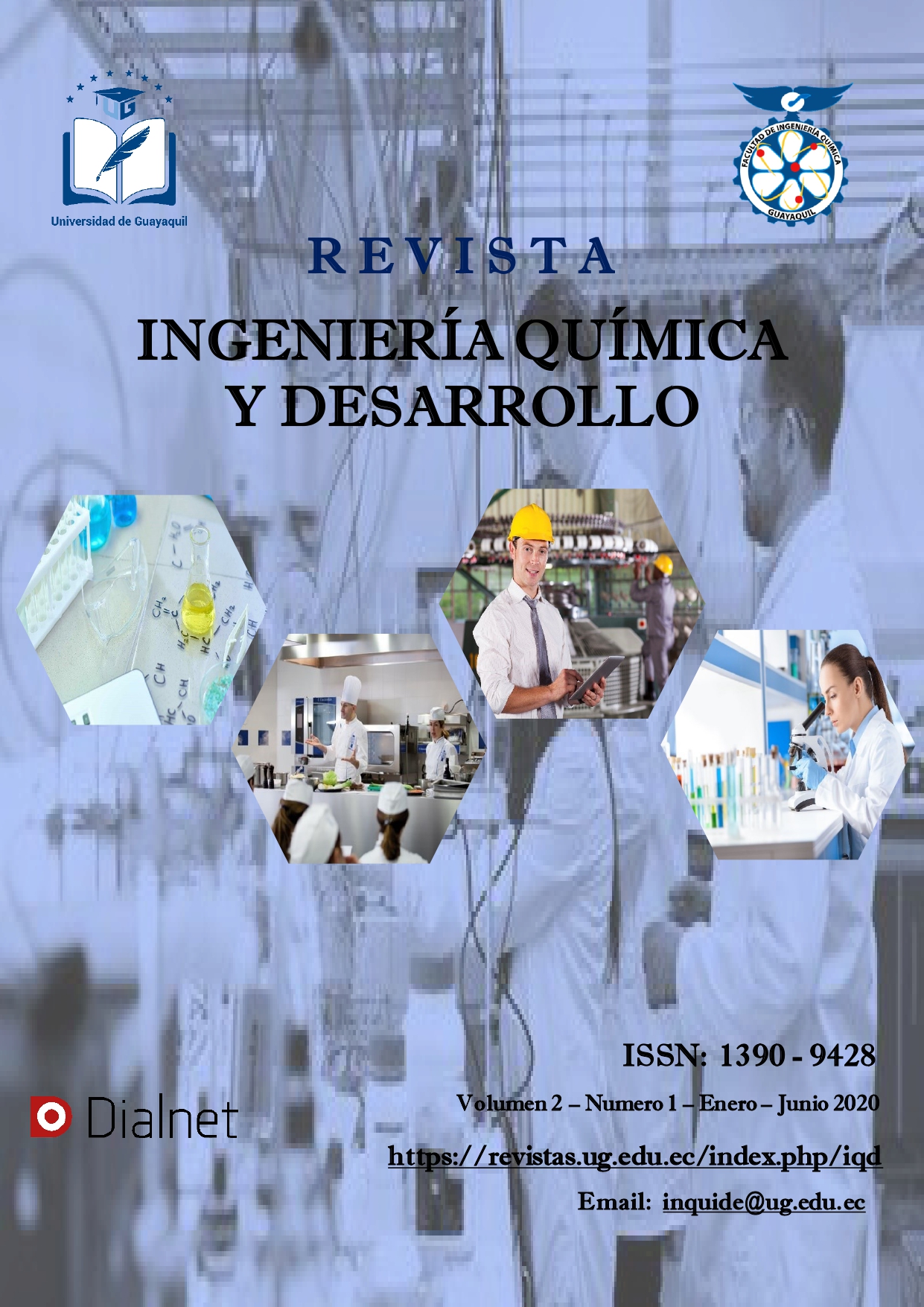Odontometry established with locator Propex Pixi and technical Study Conventional "In Vivo"
DOI:
https://doi.org/10.53591/iti.v8i8.131Keywords:
Apex, apex locator, bone scan, working lengthAbstract
One of the fundamental steps for carrying out a correct endodontic treatment is to get the length of work and it requires techniques and instruments that make it possible to achieve this task, there are currently apex locators based on the latest generation detected safety and accuracy the position of the apexas Propex Pixi. Objective: To determine the efficacy of endodontic working length using the Pixi Propex apex locator (Dentsply) and the conventionaltechnique. Methods: This study was descriptive, experimental and exploratory. Made in the Integral Clinic Pilot School of Dentistry at theUniversity of Guayaquil in 10 patients of both sexes with ages ranging between 20 and 42, with in the period from September 2014 to January2015 period. Results: Radiographic imaging showed great accuracy indetermining the working length by 85%, while the Pixi Propex apexlocator showed an accuracy of 92%. Conclusion: Propex apex locator Pixi ispossible to obtain a high degree of reliability in obtaining working lengthcompared with conventional methods.
References
Barthelemy, Jonathan. 2009. Accuracy of electronic apex locater controled handpieces. 2009. pp. 437-441.
Cohen, Steplien. 2012. Vias de la pulpa. s.l.: Elsevier, 2012.
European Society of Endodontology 2006. Quality guidelines for endodontic treatment: consensus report of the European Society 2006. pp. 921 930.
García, Mariana Eduviges. 2011. Exactitud de diferentes métodos para determinar la longitud de trabajo: estudio in vitro. 2011. págs. 613-617.
Jan, J. 2009. Accuracy of root canal length determination with the impedance radio method. 2009. pp. 1-8.
Jung, Kang. 2010. Accuracies of seven different apex locators under various conditions. 2010. pp. e57-e62.
Machado, Manoel Eduardo De Lima. 2009. Endodoncia: De la Biología a la Tecnica. Brazil: Amalea, 2009.
Mancini, Manuele. 2014. Accuracy of an electronic apex locator in the retreatment of teeh obtured with plastic or cross-linked gutta-percha carrier-bassed materials: An ex vivo study. [Online] 2014. [Cited: 01 30, 2016.]
Muñoz, J. Gonzalo. 2013. Comparación de dos tecnicas en la determinacion electronica de la longitud de trabajo: estudio in vitro. [En línea] 2013. [Citado el: 15 de 02 de 2016.]
Roberto, Leonardo Leonardo/ Renato De Toledo. 2009. Endodoncia: Conceptos biologicos y recursos tecnologicos. Brazil: Artes Medicas, 2009.
Rodríguez, Cyntliia. 2014. Determinación de la Longitud de Trabajo en Endodoncia. Implicancias Clínicas de la Anatomía Radicular y del Sistema de Canales Radiculares. 2014. págs. 15.
Tinaz, A. 2009. The effects of sodium hypocliloride concentrations on the accuracy of an apex localing device. 2009. pp. 160-162.
Versiani, Marco Aurelio. 2009. Ex vivo comparison of the accuracy of Root ZX II in detecting apical constriction using different metter' s reading. [Online] 2009. [Cited: 0613, 2016]
Downloads
Published
Issue
Section
License
Copyright (c) 2016 Freddy Magallanes Bajaña, María Jacqueline Cedeño Delgado, Otto Campos Mancero, Maria Cristina Flor Chávez

This work is licensed under a Creative Commons Attribution-NonCommercial-NoDerivatives 4.0 International License.






